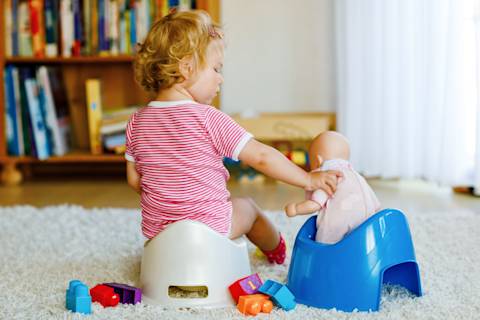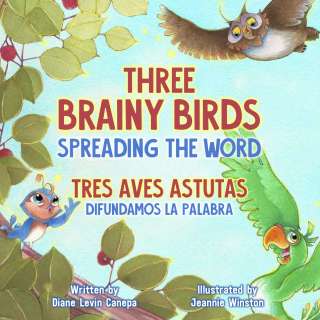Growing brains need rest time to integrate and process everything learned throughout the day. Find out more about the positive effects of giving your child time to rest.

If you find yourself asking, “How do I know if I’m doing enough?” you’re not alone! Being a parent can be challenging, and even though you want to do everything you can for your child, there’s only so much time in the day. You both need time to rest. The good news is that brain research shows this too. Your child’s developing brain needs rest time to process everything learned throughout the day. More is not always better—the brain can’t process an overload of stimulation. Quiet time, sleep, and independent play are all important for a child’s brain development. So while you enjoy and enhance those everyday brain-building activities with your child, be sure to build in ample time for your child (and you!) to rest.
Sleep, including naps, is important for your child’s growth, development, and overall health. Naps can help children process what they learn and stabilize their mood. They can also support physical growth and emotional regulation. Regular rest ensures children are happy, focused, and ready to play and learn!
Children need different amounts of sleep as they grow. Here’s a quick guide:
Infants (0–3 months): Need 14–17 hours a day, with multiple naps.
Infants (4–12 months): Require 12–16 hours, including 2–3 naps.
Toddlers (1–2 years): Should have 11–14 hours, shifting to one nap by 18 months.
Preschool children (3–5 years): Need 10–13 hours, often reducing naps.
Remember, the duration of your child’s naps will vary as they grow. For instance, around 3 months old, babies might need about 4–5 hours of daytime sleep spread across 4–5 naps. By 6 months, this may adjust to about 2.5–3.5 hours over 3 naps. As children near 18 months, they often transition to a single nap of 2–3 hours. Keep an eye on how your child responds to their sleep and nap schedule to ensure they’re getting enough rest to support healthy development.
Recognizing when your child might need a nap can help maintain a balanced sleep schedule. Some signs to watch for can include:
Your child seems cranky or overly tired.
They have trouble focusing or are more fussy than usual.
Your child seems sleepy during the day or struggles to wake up in the morning.
If you notice these signs, consider adjusting nap times or nightly sleep length.
Consistency is key to restful sleep. Create a soothing nap routine with elements like soft music, dim lighting, and quiet stories. Set regular nap times that are not too close to bedtime, allowing your child to unwind before sleep.
For infants, putting them down when they are sleepy but awake helps them learn to settle themselves.
For toddlers and preschoolers, regular naptimes or an adjusted bedtime can be beneficial, especially if naps are resisted.

It's completely normal for some children to resist naps. If your child won’t nap, try setting aside some quiet time. This time can be used for activities like looking at books or playing quietly. Quiet time provides rest and space for your child to recharge, which can often lead to napping naturally.
Using these restful strategies in your daily routine can support your child's well-being and create a positive environment for relaxation and growth. Even if they don’t nap, having quiet moments can help you both feel refreshed and rejuvenated.
Parent Tip: Resting is something your child will learn to do as they grow. You can model good “rest time” activities by reading a book, listening to music or doing a hobby by yourself in front of your kids. When your kids see you do it, they’ll do it too.






